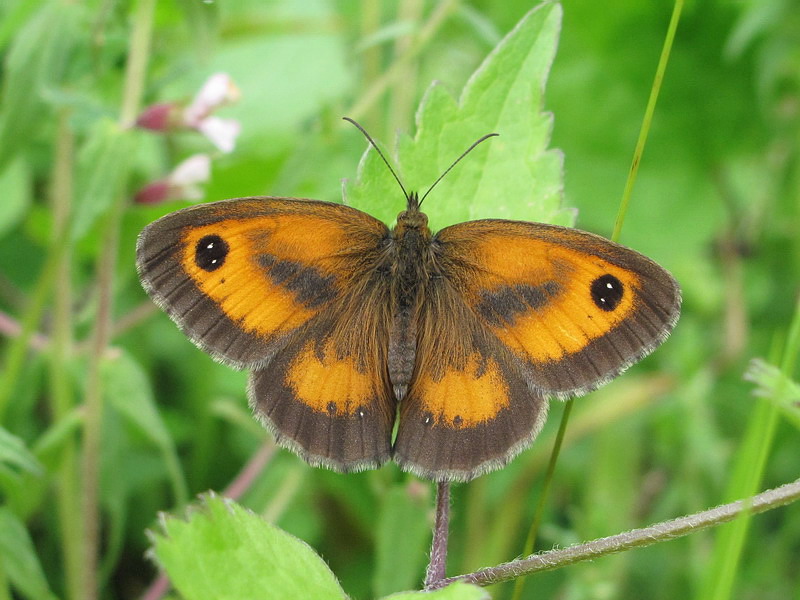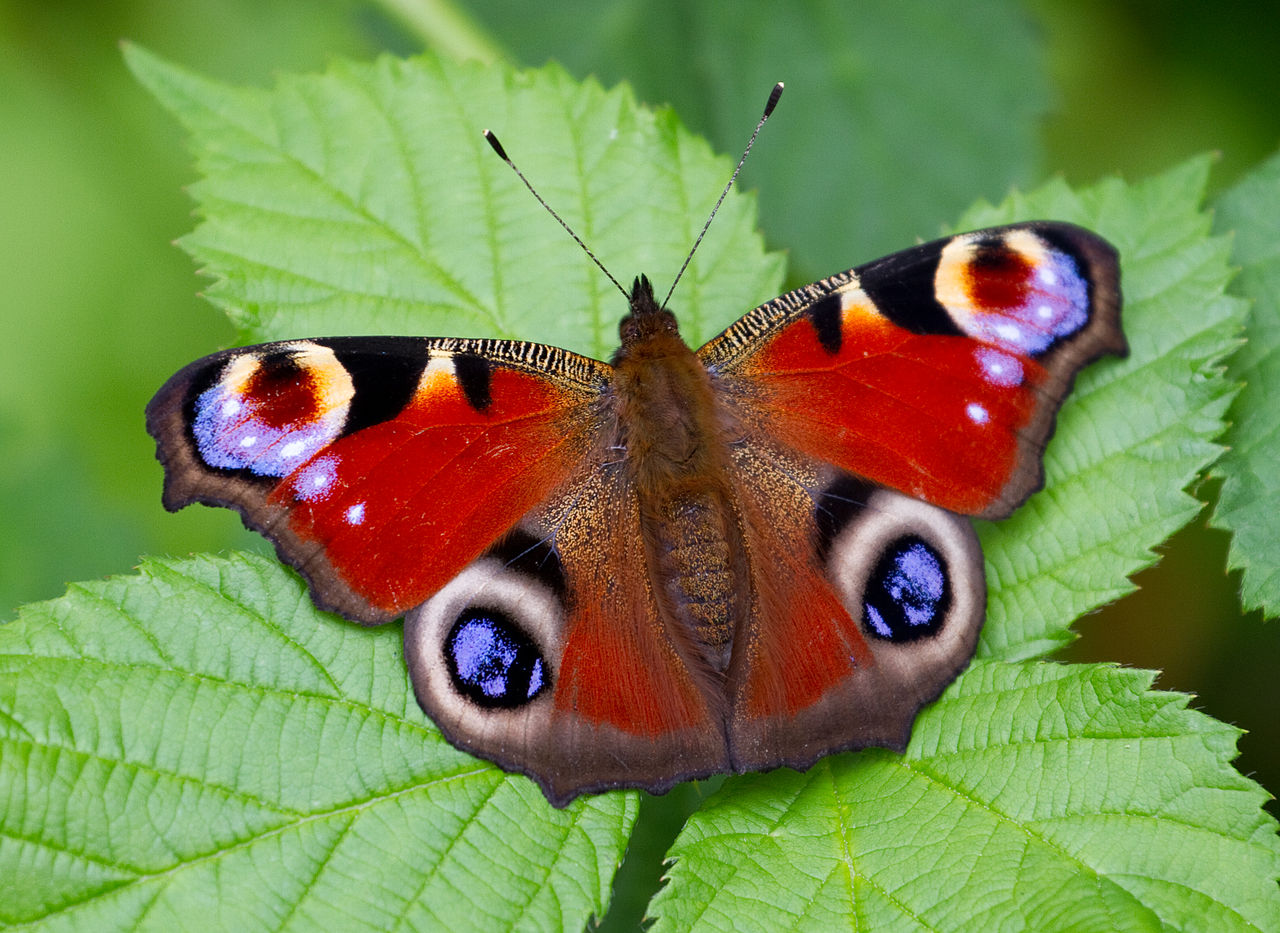
The Big Butterfly Count has recorded its lowest number of common species since records began.
Butterfly experts have expressed concern after numbers of the insects collapsed over the summer, though weather conditions should have seen them flourishing.
The count, which is run by Butterfly Conservation and began in 2010, asked 36,000 people to take part this summer.

Widespread species such as the Gatekeeper, Comma and Small Copper experienced their worst summers in the project’s history and were down 40%, 46% and 30% respectively compared to last year.
The Small Tortoiseshell saw a 47% drop in numbers and Peacock slumped by 42% with both species recording their second worst years.
Numbers of the colourful Peacock have now dropped from an average of 3.6 individuals per count in 2013 to just 0.5 per Count in 2016, a six-fold decrease over three years.
'A shock and a mystery'
Scientists said the low number of butterflies is “a shock and a mystery”.
"The drop in butterfly numbers this summer has been a shock,” said Richard Fox of Butterfly Conservation.
"When we have cold, wet summers, as in 2012, we expect butterfly populations to plummet, but that wasn’t the case this year.
"The summer months were warmer than usual, yet most Big Butterfly Count participants saw fewer butterflies.
"Perhaps the very mild winter had a negative effect, or the cold spring, or perhaps the impacts of intensive farming and pesticides are really hitting these common species now"
It was not all bad news for the UK's butterflies, with red admirals up 70 per cent compared to 2015 and experiencing its highest numbers since the count began.
Green veined-whites also bucked the trend, recording a 58 per cent increase on last year, while the large white butterfly was up 2 per cent on 2015 and topped the table for the most butterflies seen for the first time.
